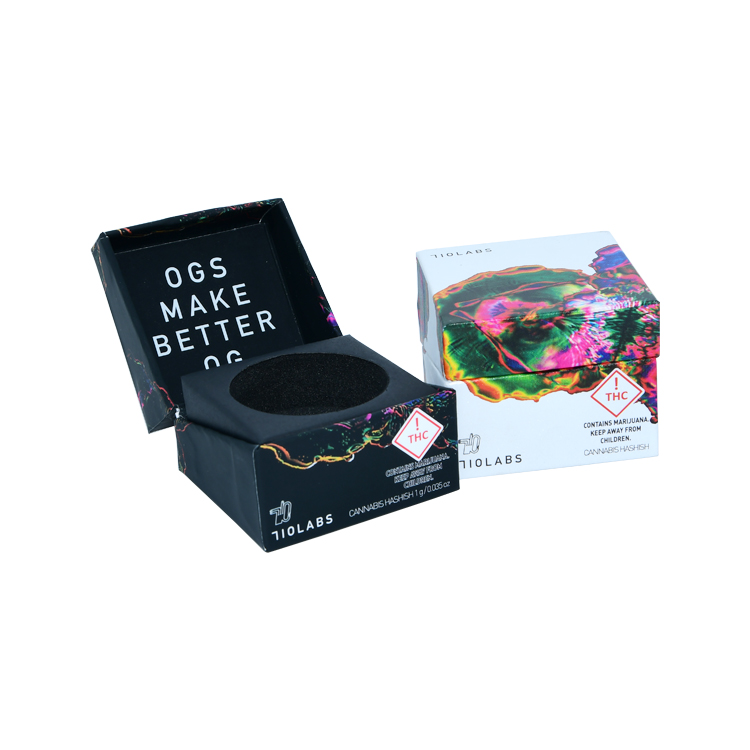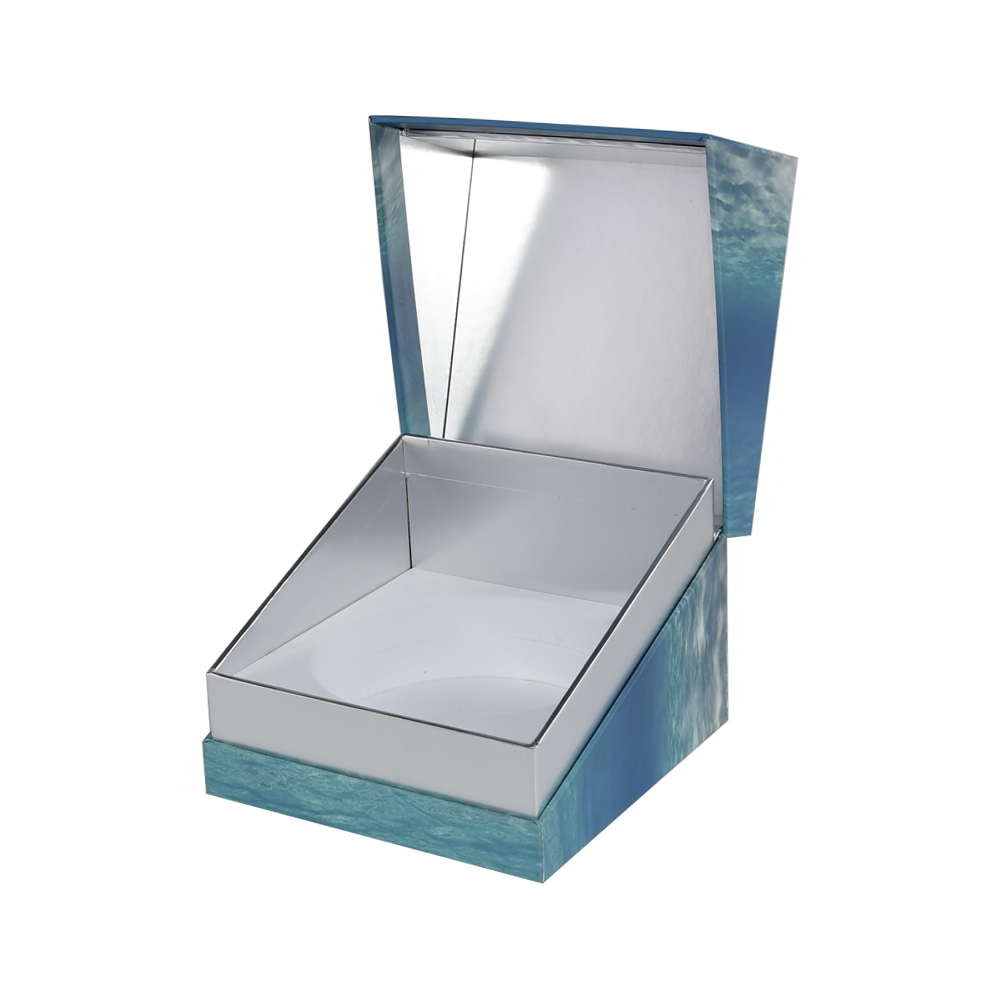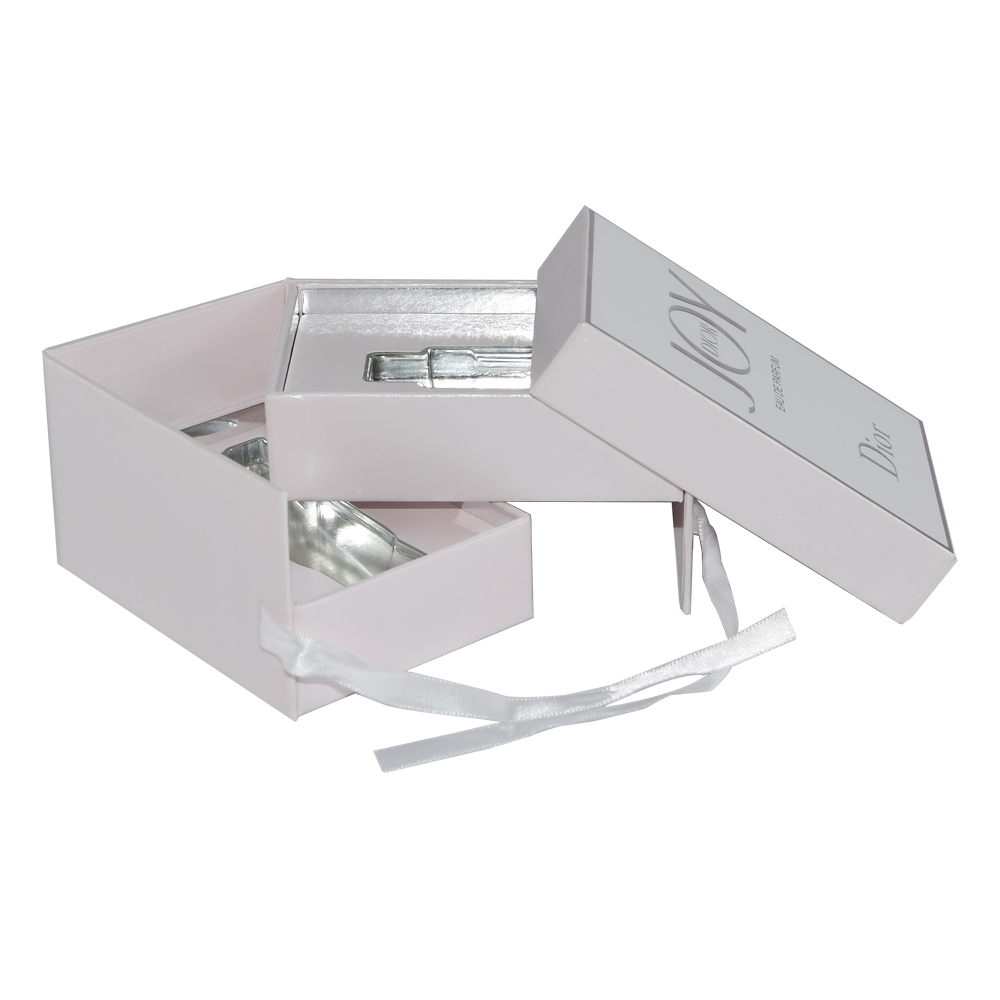Unveiling the Art and Science of Package Design: A Complete Guide
Unveiling the Art and Science of Package Design: A Complete Guide
In a world where first impressions matter, package design is a powerful tool that shapes the consumer’s perception of a product. From intricate dielines to sustainable materials, every element of packaging plays a role in winning over an audience. This comprehensive guide explores the intricacies of package design, offering valuable insights for brands seeking to elevate their packaging game.
What is Package Design and Why is it Important?
Package design is the process of creating the exterior of a product, including choices in material, form, and aesthetics. It serves as the silent salesman for every product.
The Role of Design
- Visual Attraction: A well-designed package grabs attention and makes products stand out on the shelf.
- Brand Identity: Packaging reflects brand values and communicates them to the consumer.
Driving Consumer Decisions
Consumers often make purchase decisions based on the packaging. A study on consumer behavior found that packages with custom designs significantly increase the likelihood of purchase (source on package design).

How Do You Start Designing Your Package?
Embarking on the journey of package design involves various steps and considerations to ensure the final product aligns with the brand’s goals.
Steps to Successful Packaging
- Define Your Brand: Understanding brand values is crucial as it dictates the package’s appearance.
- Research Your Audience: Knowing your target market helps in tailoring the design to their preferences.
- Concept Development: Sketch initial ideas and refine them through iterative processes.
Tools for Design
Using tools like Adobe Creative Suite can ease the design process by offering templates and advanced editing features.
Explore more about custom packaging solutions to find inspiration and tools that suit your needs.

What is a Dieline and How is it Used in Packaging?
A dieline is a template used by designers and printers to ensure the correct layout of a package. Understanding and designing dielines is essential for creating functional packages.
Importance of Dielines
- Accuracy: Ensures that the design fits properly on the final packaging.
- Guidance: Acts as a roadmap for where to cut, fold, and glue the material.
Designing a Dieline
Using software like Adobe Illustrator can help in creating precise dieline templates, which can be customized to fit different packaging needs.
Why Custom Packaging Matters for Your Brand
Custom packaging offers unique opportunities to differentiate products in the market and build brand loyalty.
Benefits of Customization
- Differentiation: Helps stand out from competitors with unique shapes, colors, and designs.
- Branding: Custom elements reinforce brand identity and customer connection.
Custom Packaging Solutions
Tailored solutions are essential for products requiring specific design considerations, like packaging solutions for candles.

How to Design a Brand's Label Effectively?
Labels are a critical component of package design, as they communicate essential product information and brand values.
Crafting a Label
- Key Information: Ensure that important details such as product name, uses, and ingredients are clear and legible.
- Visual Hierarchy: Utilize variations in size, color, and font to emphasize critical information.
Enhancing Brand Image
Incorporate your brand's colors, logo, and messaging into your label design to connect with consumers and reinforce brand identity.
Sustainable Packaging: Why It’s the Future
Consumers are increasingly drawn to sustainable packaging as it reflects a brand’s commitment to the environment.
Benefits of Sustainability
- Eco-Friendly: Reduces environmental impact by using renewable materials.
- Brand Image: Enhances reputation as a responsible and forward-thinking company.
Implementing Sustainable Practices
Incorporate materials like corrugated cardboard and biodegradable plastics to minimize environmental footprint. Explore best packaging practices that align with sustainability.

What Should You Consider When Designing a Mailer Box?
Mailer boxes are designed for shipping purposes, combining durability with aesthetics to enhance the customer experience.
Design Considerations
- Protection: Ensure the box is sturdy enough to protect contents during transit.
- Unboxing Experience: Design the interior for a positive customer journey upon opening.
Tailored Designs
Custom designs can reflect brand personality and engage customers from the moment they receive the package. See innovative mailer box designs for inspiration.

How Does Shelf Impact Influence Packaging Design?
The way a product appears on the shelf is a crucial aspect of package design as it grabs consumer attention.
Key Elements of Shelf Impact
- Color and Contrast: Bright colors and contrast can make a product pop out in a row of similar items.
- Shape and Size: Unique package shapes can intrigue customers.
Designing for Success
Implement design strategies that make products more noticeable and desirable on crowded shelves. Use visual cues and strategically placed information to draw the eye of consumers.
How Do Packaging Materials Influence Design?
The choice of packaging materials not only affects aesthetics but also durability and sustainability.
Material Options
- Cardboard: Versatile and cost-effective for various products.
- Glass and Metal: Often used for luxury products reflecting elegance and quality.
Balancing Form and Function
Select materials that offer the necessary protection while complementing the brand image. Consider eco-friendly options for sustainability.
How to Start Designing with Adobe for Packaging?
Adobe tools are widely used in the packaging industry for their versatility and precision in design.
Adobe Features
- Templates and Dielines: Utilize pre-set templates to simplify initial design processes.
- Creative Cloud: Adobe's suite offers tools like Photoshop and Illustrator for detailed design work.
Getting Started
Familiarize yourself with Adobe tutorials and resources to maximize creative potential in packaging design.
Conclusion
Package design is a transformative aspect of product marketing that requires careful consideration and creativity. By integrating elements like custom packaging, sustainable materials, and effective branding, products can stand out on the shelf and resonate with consumers. Brands that prioritize packaging design as a core part of their strategy are positioned to capture market share and build lasting customer loyalty.
Key Takeaways
- Understand Your Audience: Tailor designs to meet the preferences of your target market.
- Prioritize Function and Aesthetics: Balance visual appeal with practical needs.
- Embrace Customization: Distinctive designs help establish brand identity.
- Commit to Sustainability: Use eco-friendly materials to enhance brand image.
- Utilize Technology: Leverage design software like Adobe for precision and creativity.
By investing in thoughtful package design, brands can significantly enhance their product offerings and strengthen their market presence.
